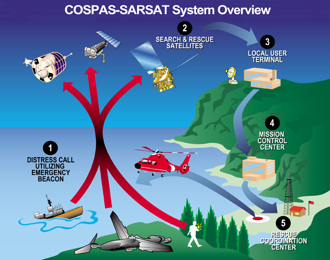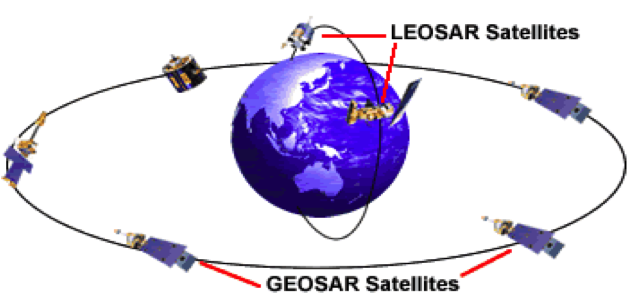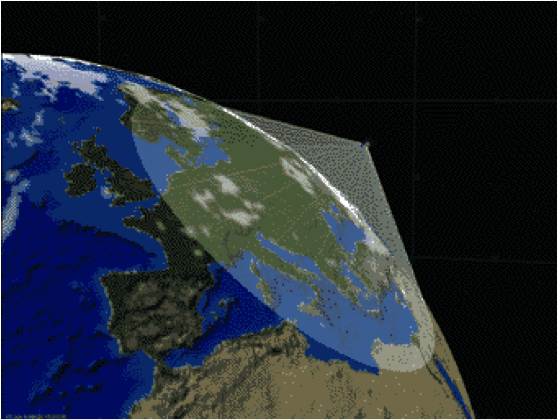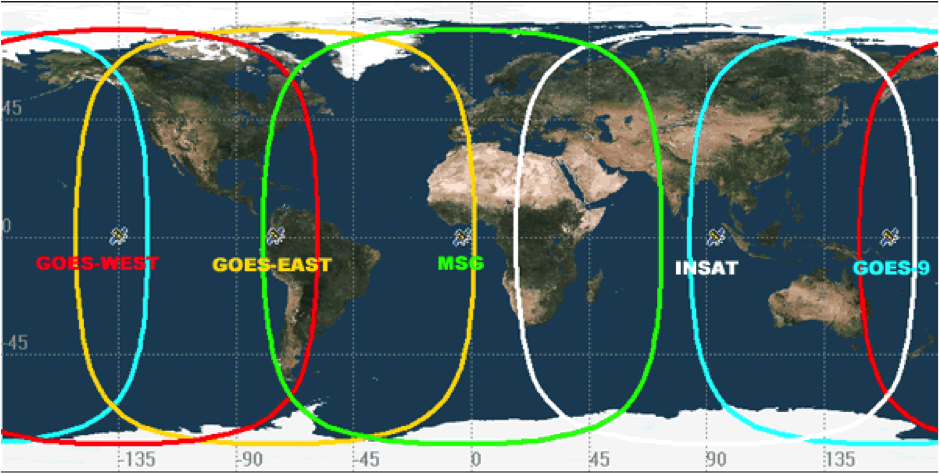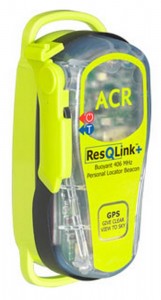
On August 15th 2015 a 60 year old, avid hiker and backcountry skier activated his ACR PLB-375 ResQLink at noon.
He had been hiking near Shoshoni Peak in the Colorado Mountains North West of Denver and ran into trouble. He had injured his head and sustained other injuries while chasing his dog! While his injuries were somewhat minor, he was located at over 11,000 feet in the mountains and unable to traverse the many miles that it would have taken him to get to civilization.
The ACR PLB-375 has an internal GPS receiver which sent his location along with the distress signal to the Air Force Rescue Coordination Center.
The AFRCC contacted local authorities who unsuccessfully attempted to rescue the hiker using a Life Flight helicopter. A military Black Hawk helicopter was dispatched and the hiker was extracted to safety at 4:30 pm.
In order to help rescuers determine exactly what is going on and perhaps narrow down your planned activities, it is extremely important that you properly register your PLB!
